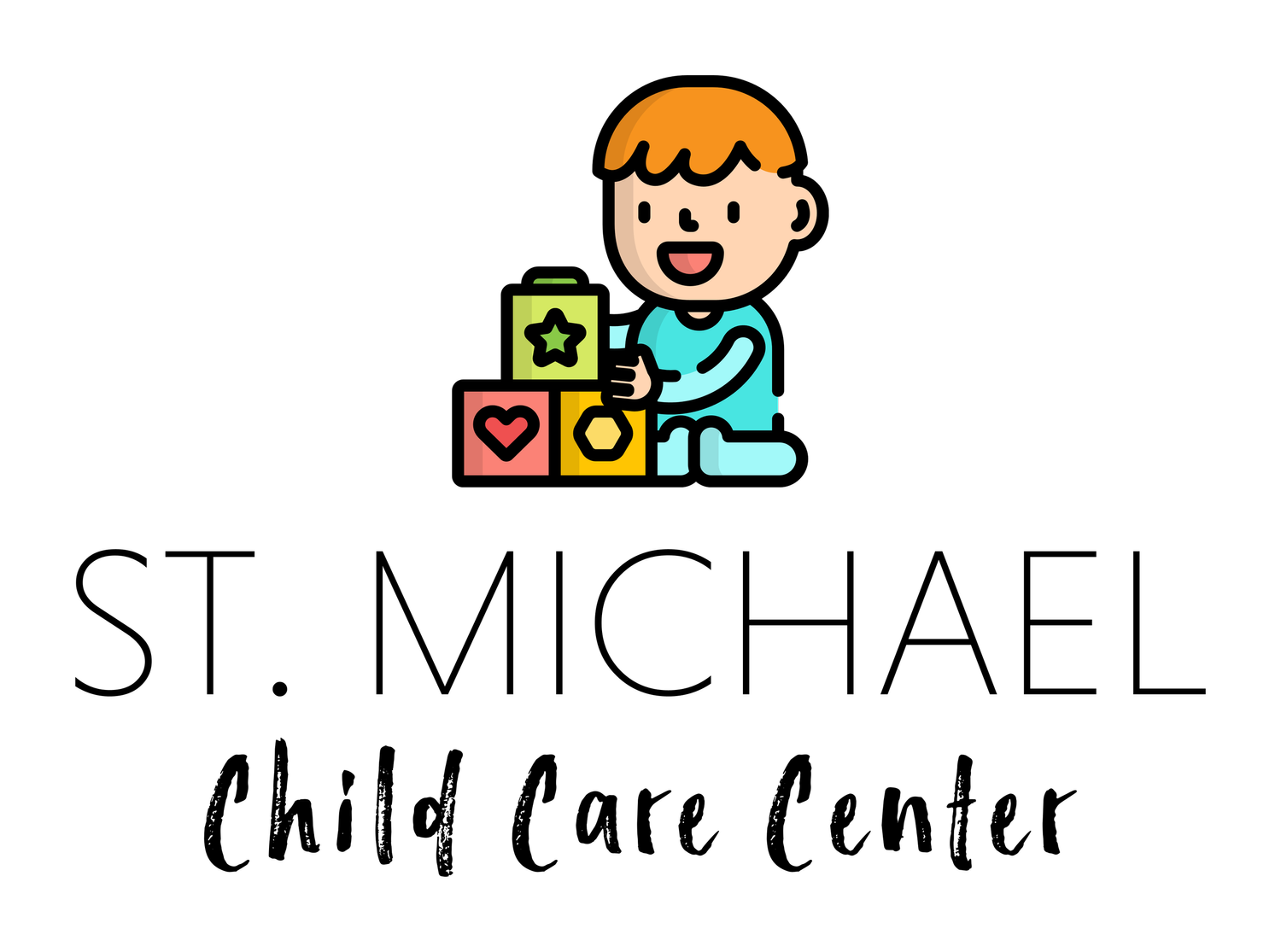Building Blocks of Communication: Fostering Language Development in Infants and Toddlers
From their first coos to their early words, your child's journey in language and communication development is an exciting and important one. In this article, we'll explore the stages of language development in infants and toddlers and offer practical tips to help you nurture their growing ability to communicate effectively.
The Importance of Early Communication: Language and communication skills are crucial for your child's cognitive, social, and emotional development. Fostering these skills from an early age lays the foundation for successful communication in the years to come.
Stages of Language Development:
Prelinguistic Stage (0-12 months):
Cooing and Babbling: From their first coos and gurgles, infants are practicing the sounds they hear around them.
Joint Attention: Infants begin to focus on objects and people, setting the stage for shared communication.
Holophrastic Stage (12-18 months):
First Words: Around their first birthday, toddlers may start saying their first words, often referring to familiar objects or people.
Telegraphic Stage (18-24 months):
Two-Word Phrases: Toddlers combine two words to create basic phrases like "more juice" or "big dog."
Early Sentence Stage (24-36 months):
Sentence Formation: Toddlers begin forming more complex sentences, expressing thoughts and feelings.
Tips for Fostering Language Development:
Talk, Sing, and Read:
Engage in frequent conversations with your child. Describe your actions and surroundings, even if they can't respond yet.
Sing nursery rhymes and songs to expose them to rhythm, rhyme, and intonation patterns.
Read age-appropriate books together to encourage vocabulary development and a love for reading.
Respond and Expand:
Respond to your child's attempts at communication, whether it's a coo, babble, or word. This shows that their efforts are valued.
Expand on what your child says. For instance, if they say "doggy," you can respond with "Yes, that's a big brown doggy!"
Engage in Play:
Play with toys that encourage communication, such as dolls for pretend play or building blocks for describing actions.
Create a Rich Language Environment:
Use a variety of words and phrases. Don't shy away from using more complex words; children learn by exposure.
Narrate your day-to-day activities to expose them to new vocabulary and concepts.
Be Patient and Attentive:
Give your child time to express themselves. Avoid interrupting or finishing their sentences.
Signs of Possible Communication Delays:
Lack of Gestures:
If your child doesn't use gestures like pointing, waving, or nodding by 12 months, it might indicate a delay.
Limited Babbling:
If your child doesn't start babbling by 9-10 months, it's worth discussing with a pediatrician.
Few or No Words:
If your child doesn't have any words by 18 months, or is using very few words by 24 months, consider seeking professional guidance.
Fostering language and communication skills in infants and toddlers is a rewarding journey that strengthens the bond between you and your child. By providing a language-rich environment, engaging in meaningful conversations, and being attentive to your child's unique progress, you're laying the groundwork for their lifelong ability to express themselves and connect with others.
Remember, every child develops at their own pace, so celebrate each step of their communication journey.
